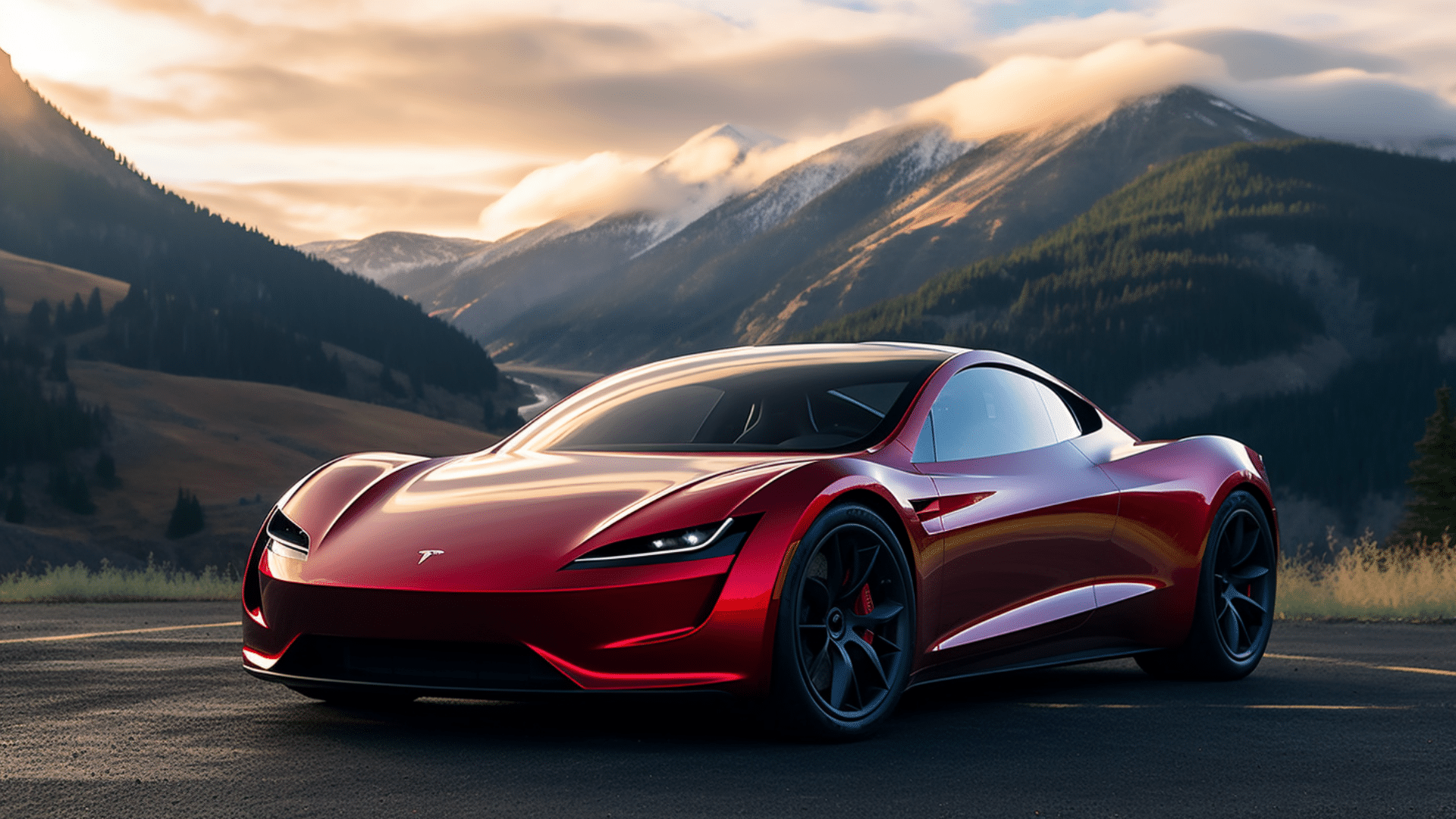The evolution of Tesla’s electric vehicle technology has been nothing short of revolutionary. From its inception, Tesla has been at the forefront of innovation in the automotive industry, propelling electric vehicles into the mainstream market and transforming the way we think about sustainable transportation. This blog post will explore the remarkable journey of Tesla’s electric vehicle technology, from its early breakthroughs to its current cutting-edge advancements.Starting with the release of the Tesla Roadster in 2008, Tesla made a significant impact on the automotive world, proving that electric vehicles could be high-performance, stylish, and environmentally friendly. The Roadster, with its sleek design and impressive range, shattered the stereotype of electric cars as slow and impractical, setting the stage for Tesla’s future successes. This marked the beginning of a new era in electric vehicle technology, with Tesla leading the charge.
Tesla’s next major milestone came with the introduction of the Model S in 2012. The Model S not only showcased Tesla’s commitment to pushing the boundaries of electric vehicle performance but also demonstrated the company’s dedication to developing cutting-edge battery technology. With its industry-leading range and acceleration, the Model S set a new standard for electric vehicles, earning widespread acclaim and solidifying Tesla’s position as a trailblazer in the automotive industry.
In the years that followed, Tesla continued to refine and expand its electric vehicle lineup, introducing the Model X, Model 3, and Model Y, each pushing the boundaries of what electric vehicles could achieve in terms of performance, range, and versatility. Tesla’s relentless commitment to innovation has driven the company to develop groundbreaking technologies, from advanced battery systems to autopilot features, further cementing its reputation as a leader in electric vehicle technology.
One of the most significant developments in Tesla’s evolution has been the ongoing refinement of its battery technology. With initiatives like the Gigafactory and the development of the groundbreaking 4680 battery cells, Tesla has made substantial strides in enhancing the energy density, efficiency, and overall performance of its vehicles. These advancements have not only improved the driving range and charging capabilities of Tesla’s electric vehicles but have also had a profound impact on the overall sustainability and feasibility of electric transportation.
Furthermore, Tesla’s commitment to developing a comprehensive charging infrastructure has been instrumental in addressing range anxiety and accessibility concerns associated with electric vehicles. The widespread deployment of Supercharger stations has made long-distance travel in a Tesla not only feasible but also convenient, further establishing the company’s dedication to providing a seamless and reliable charging experience for its customers.
Looking ahead, Tesla’s ambitious projects, such as the development of the Tesla Semi and the Cybertruck, underscore the company’s unwavering determination to revolutionize transportation across a diverse range of vehicle segments. With its focus on sustainability, innovation, and uncompromising performance, Tesla continues to push the boundaries of electric vehicle technology and shape the future of mobility.
In conclusion, the evolution of Tesla’s electric vehicle technology represents a monumental shift in the automotive industry. From the pioneering days of the Roadster to the cutting-edge advancements seen in Tesla’s current lineup, the company’s relentless pursuit of innovation has redefined the possibilities of electric transportation. As Tesla continues to push the boundaries of technology and sustainability, its impact on the automotive landscape will undoubtedly continue to shape the future of mobility for years to come.










